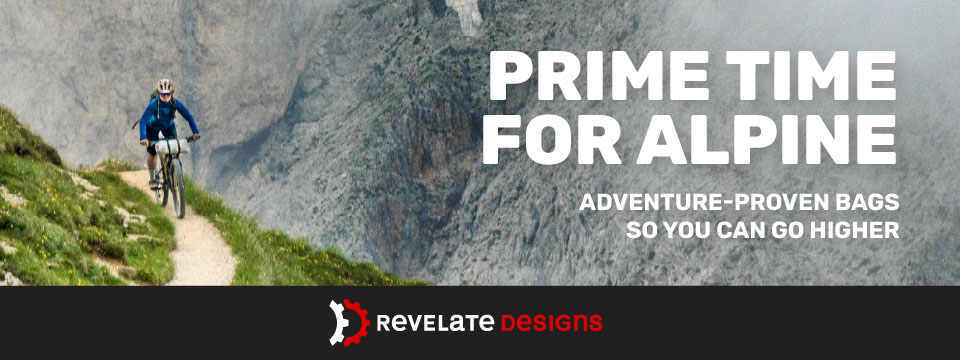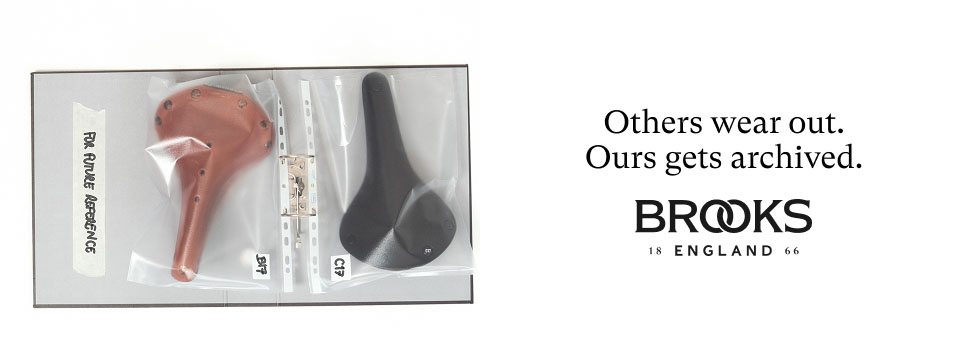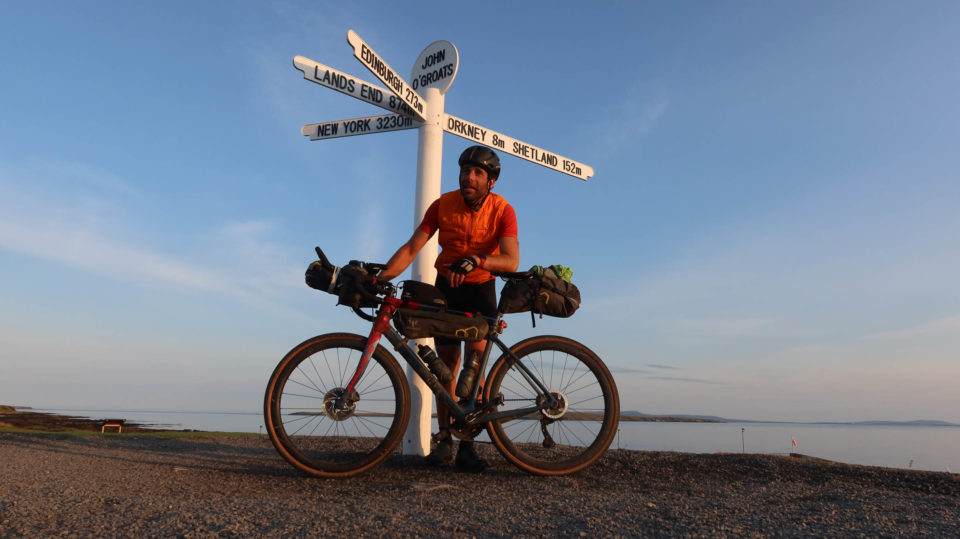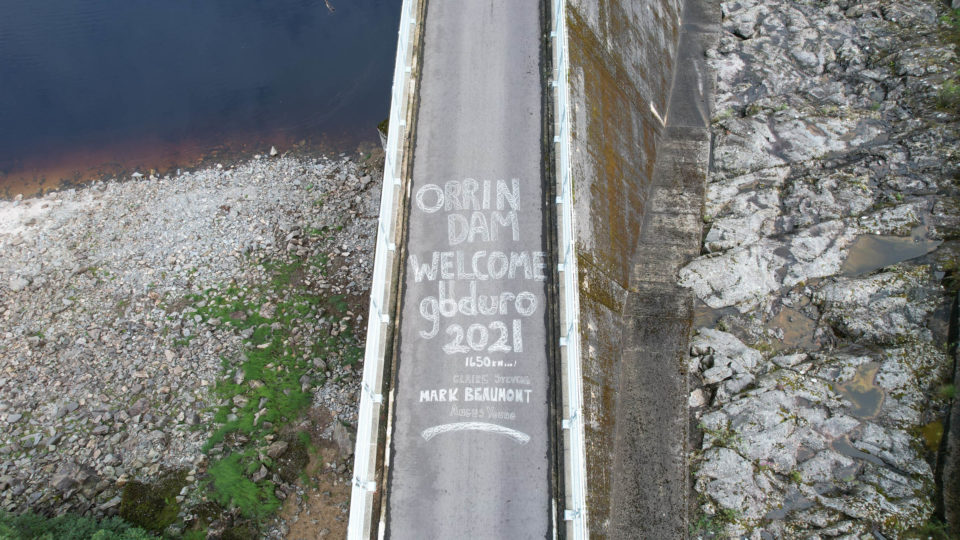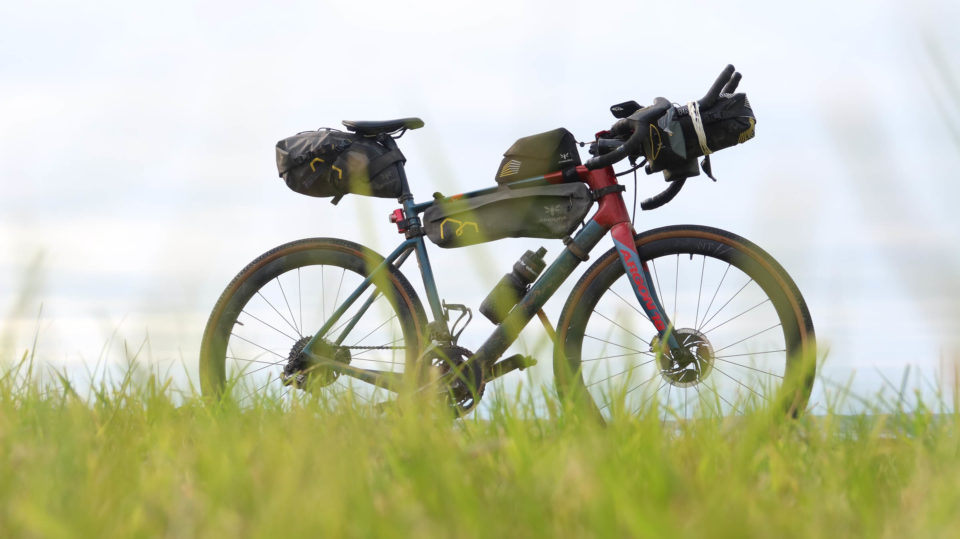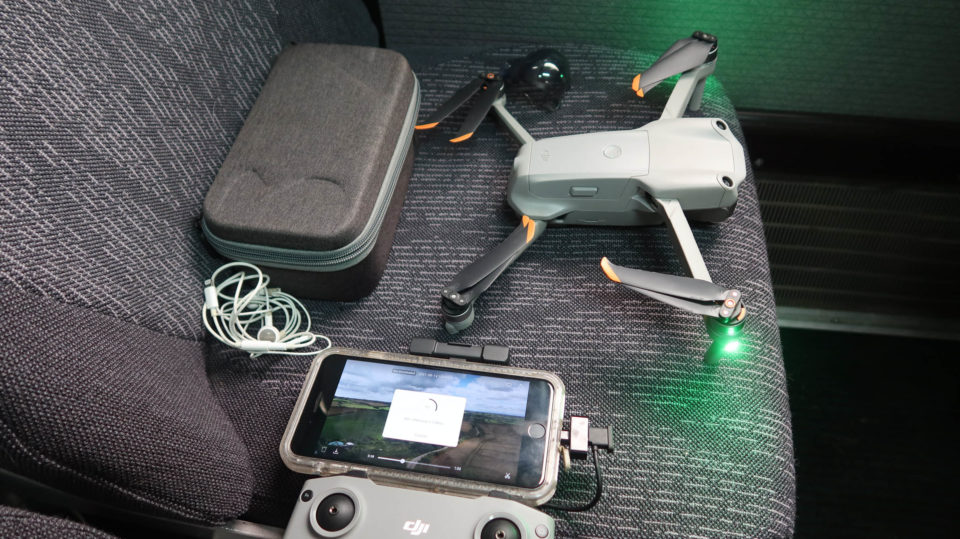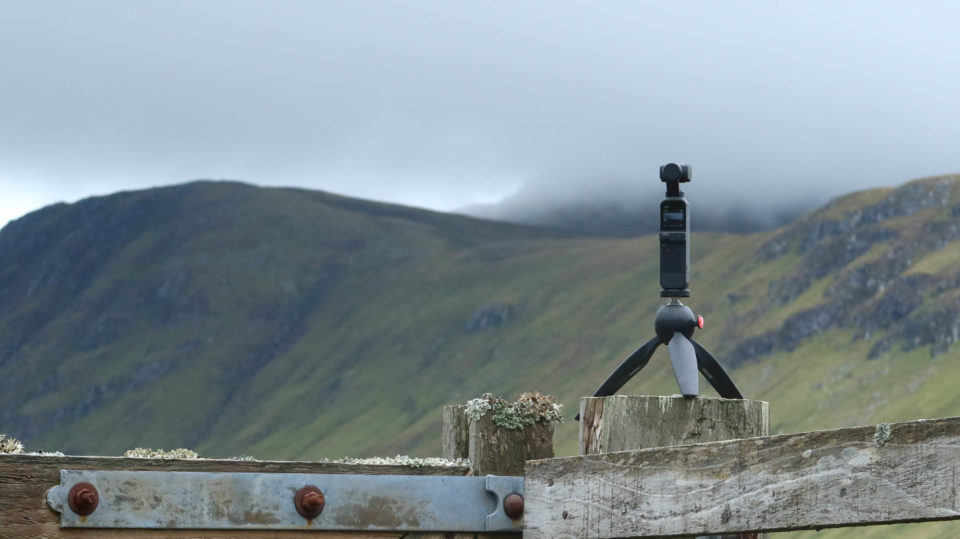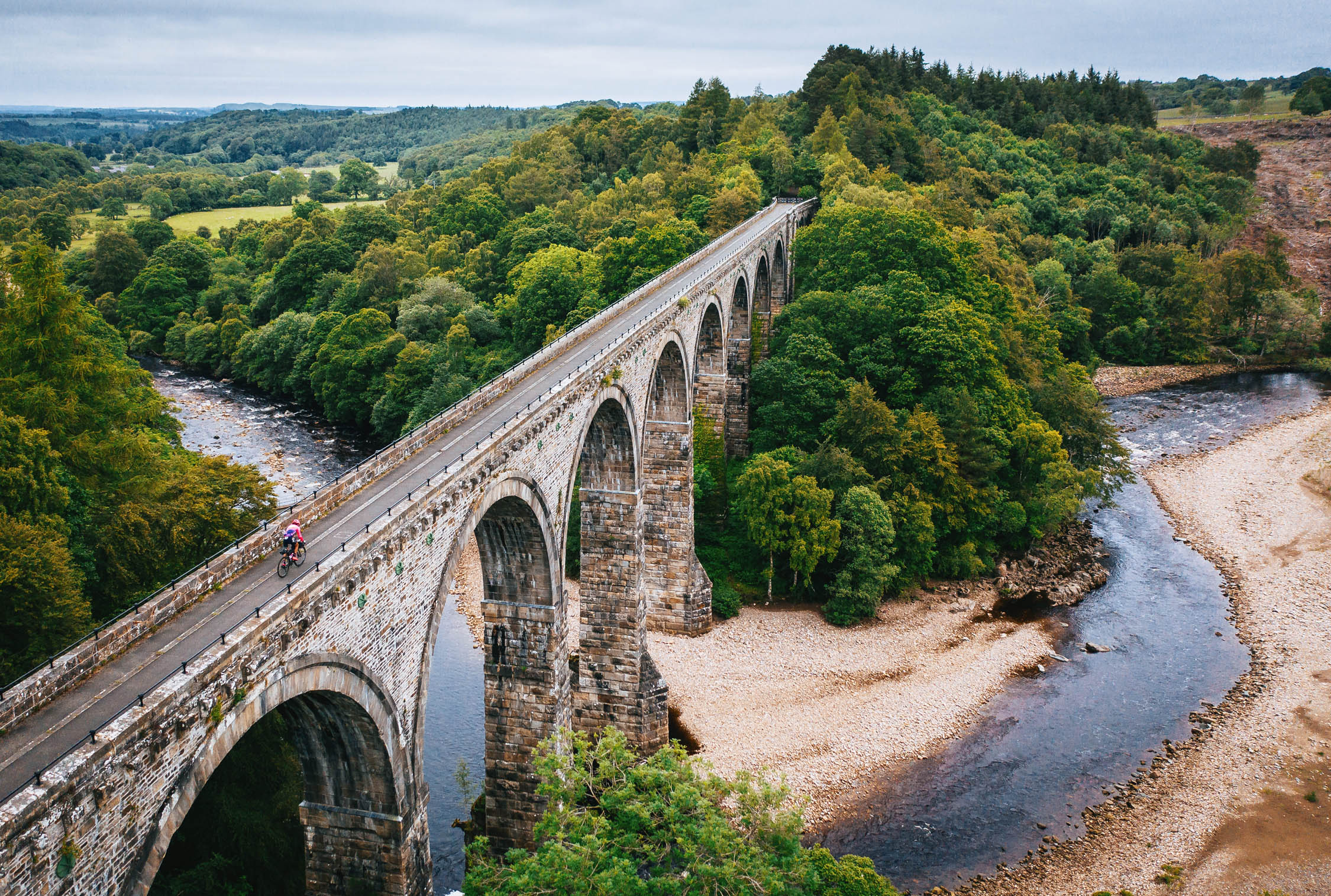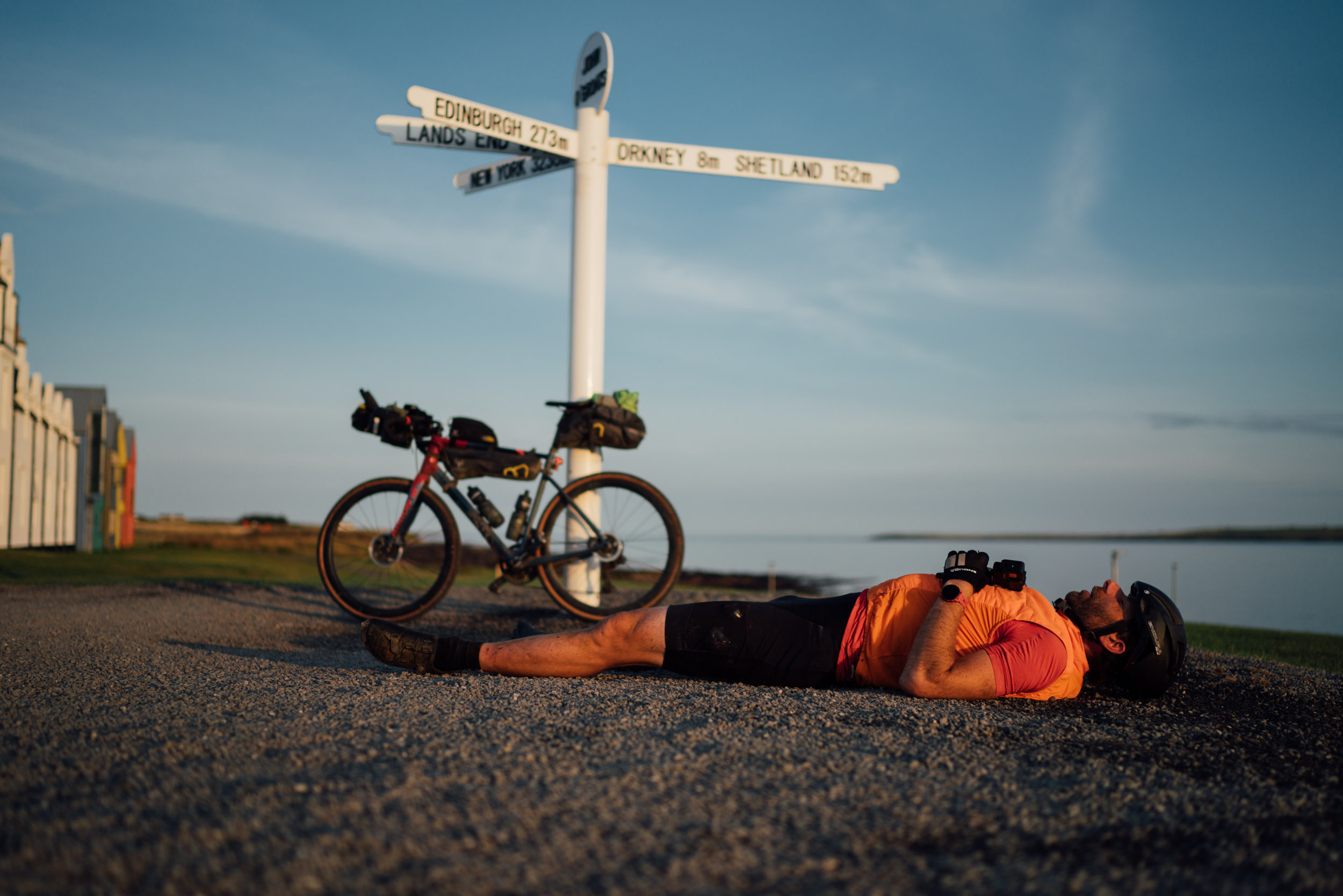Maiden Race: A Tale of GBduro (Film)
Shimano’s latest film follows round-the-world record holder Mark Beaumont as he takes on his first ultra-endurance competition: the GBDURO, arguably the toughest bikepacking race in the UK. Watch “MAIDEN RACE” here alongside an interview with filmmaker Markus Stitz and some behind-the-scenes coverage…
PUBLISHED Dec 9, 2021
Despite a decorated career in ultra-endurance cycling feats—including a record of 41 days, 10 hours, and 22 minutes from Cairo to Cape Town, as well as the fastest around-the-world time of 78 days, 14 hours, 40 minutes—Shimano ambassador Mark Beaumont had never competed in a multi-rider race. Most of his pursuits have been extreme solo time trials until this past summer when he entered a race. And not just any race, arguably the toughest endurance race in the UK, and one we’ve covered extensively: GBDURO. The race and all the drama were captured in a new Shimano film called “MAIDEN RACE.” Watch it below, then scroll down for an interview with filmmaker Markus Stitz and some behind-the-scenes photos.
I couldn’t have gone back and ridden harder at any stage. I left it all out there.
Interview with filmmaker Markus Stitz (@reizkultur)
How did you get involved in this filmmaking project?
Mark and I both live in Edinburgh. We both love riding our bikes too, and as there was little to do in terms of travelling in 2020, we started riding one evening each week together. At times when Scotland was in lockdown, this was a massive mental boost for us. We’ve both been on amazing journeys around the world and had to re-adjust to just being able to travel locally, but we also had great adventures on our doorsteps. And more crucially for a project like the film, we worked well together. With ‘Explore Your Boundaries’ we created our first film in March and were commissioned by three local authorities in Scotland to ride and document the routes we mapped. And when Mark told me he was interested in riding GBDURO, I was intrigued if it would be possible to follow him with a camera. We knew from the very start that taking the approach of cycling and only taking public transport is very risky, but we also thought that this approach would mirror the ethos of The Racing Collective best. And we had the ‘Explore Your Boundaries’ filming as a test run for GBDURO. From those trips, I knew how Mark rides, I got an insight into his mental approach to challenges, and I could also figure out what parts of the GBDURO route would be challenging for him. And having raced multiple races like the Highland Trail 550, Silk Road Mountain Race, and Atlas Mountain Race myself, I had a proven track record in embracing the self-supported ethos. This was very important, as we wanted to make sure that at no point in the race I would be seen as supporting Mark. With all those thoughts in mind, we approached Shimano, who were supportive of the idea. And then also refined the project with Cyril and Yorit from Studio YK, and worked very closely with The Racing Collective to get their support for this. And finally, after a few more sponsors came on board to support this, we had a plan.
Tell us a little bit about how you used public transportation and human power to document this event.
The Racing Collective has a strict no-fly policy for the race, and I have done most of my other films self-shot on the bike. So, I used this as inspiration to only follow the race on my own bike, carrying everything I need myself, and jump ahead of the racers where needed by public transport. I also took this a step further and made sure that I travelled to and from the race by train as well. I don’t own a car, and I was also researching a new book with gravel routes in Britain by almost entirely using trains. And, as all self-supported races don’t allow you to make any arrangements in advance, I did the same. I had no idea where to sleep, charge my batteries, etc. It was all a blank sheet when I set off at Land’s End. I knew that I had a return journey from John o’Groats in 12 days’ time, and to capture enough footage to make daily updates for Shimano and a film at the end.
It was a steep learning curve, as the race started on a Saturday, and train connections are miserable on Sundays in the UK. There was also a strike in Scotland, which meant no trains on Sundays, but thankfully that had no impact. I used day one to figure out how much I can roughly cycle in daylight hours, how many riders I could capture, and also what the most effective time was to cut some of the footage on a daily basis and make a short film. This normally happened when I was feeding myself and charging the drone batteries, as they needed mains power. Everything else could be charged on the bike if needed. I also very quickly learned how to get last-minute cycle reservations on trains.
By day two, I had a much better idea already of how I can make this work. The other complication was using the tracking site to track down riders. While it was surprisingly accurate, there was still a delay, so I had to understand how Mark was moving and roughly estimate where he would be at certain times of the day. I usually jumped ahead of him by train, gave myself enough time to set up, and after I had my footage, I carried on at a lesser speed than the other riders, so I normally managed to catch some of them as well. After I had enough footage, I figured out where the next station was, and the procedure started again. GBDURO was really suited for my approach, as the riders regrouped at each checkpoint. So, no one was 500 kilometres ahead of the rest of the field.
What filming equipment did you carry and how did you carry it?
I used a DJI Mavic Air 2S as a drone, a DJI Osmo Pocket 2 as the main camera, a Canon G7X Mark III for stills and interviews, a Røde Wireless GO microphone, a Manfrotto Pixi Mini tripod, and two power banks, plus various spare batteries, cards, etc. My iPhone was used for editing the daily updates. The Canon camera was in an Apidura Racing top tube bag, the drone was in a Source Hipster waist bag, and the Osmo in one of the side pockets on the belt too. The drone controller was in an Apidura stem bag, and the power banks were in my frame bag. Besides setting up the drone, I could access the cameras while riding, which was crucial for capturing riders when they were moving. I often also set up a backup camera when I was flying the drone, to have material to cut into the aerial footage.
What were the other challenges associated with capturing this event?
The weather was a big challenge. It was raining a lot, and as I was mainly camping out, it was almost impossible to dry the equipment. My Canon died just after checkpoint one because of the dampness, so I had to buy a replacement and lost two days of stills. In general, it was really tough to capture the action at the pointy end, as no one was hanging around in the stages. So, if I wanted footage, I had to be ready when a rider would come past. With flying a drone, this was at times tricky, as I had only limited flight time too, so couldn’t have the drone hovering for a long time. On the last stage in Scotland, the midges were horrendous, so being stationary and waiting for a rider would mean getting eaten alive. And when I got distracted on the train to Edinburgh, I forgot my drone charger on the train. Getting a replacement proved to be a real challenge. In the end, I had to buy a drone just to get a charger for the rest of my journey (I could return the unused drone afterwards, thankfully). What was crucial was not to have any of the small problems affecting my mindset, and that was exactly where my race experience and round the world trip came in handy. For each problem there is a solution—it only takes a bit longer sometimes to find it.
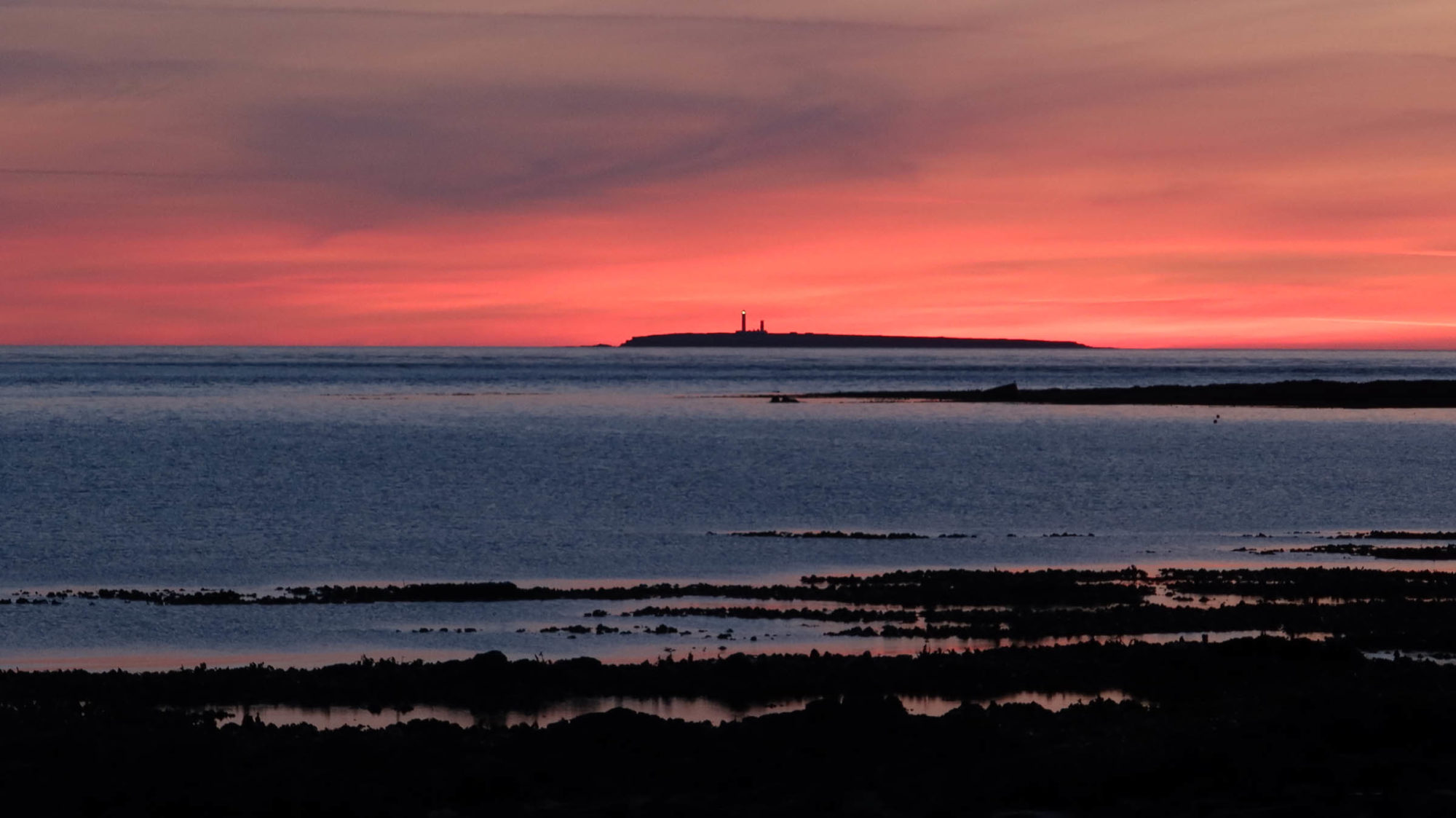
What stood out about the GBduro that makes it a special bikepacking event?
I loved the social nature of it, but even more, I loved the fact that so many women raced it. And this was one of the reasons why Mark and I decided that this film was not just about his story, but also capturing the wider event. As the riders regrouped at each checkpoint, they became a small family. And the volunteers at the checkpoint were in equal measures professional and welcoming at the same time, and added their very own flavour too. I remember Lewis Clark in particular. He started as one of the racers but had to scratch in Wales. So, he volunteered with a few others in Fort Augustus and bought the very finest of Scottish produce: whisky, beer, and IRN BRU. As a filmmaker, I was welcomed in the same way as the riders. While GBDURO was a tough ride, I think the checkpoints and the concept of the race work well. Hats off to The Racing Collective, they have created something really special.
What part of the GBdivide was your favoritey?
I’m based in Scotland, so I was more impressed by some sections in England and Wales, as they were often new territory. The climb up to Great Dun Fell and the hike-a-bike descent afterwards were my favourites. This amazing road that winds itself up the hill, equally stunning and brutal. Followed by some of the toughest terrain of the route, which made me feel very small at times. If you get that feeling in your home country, you know you are in a special place.
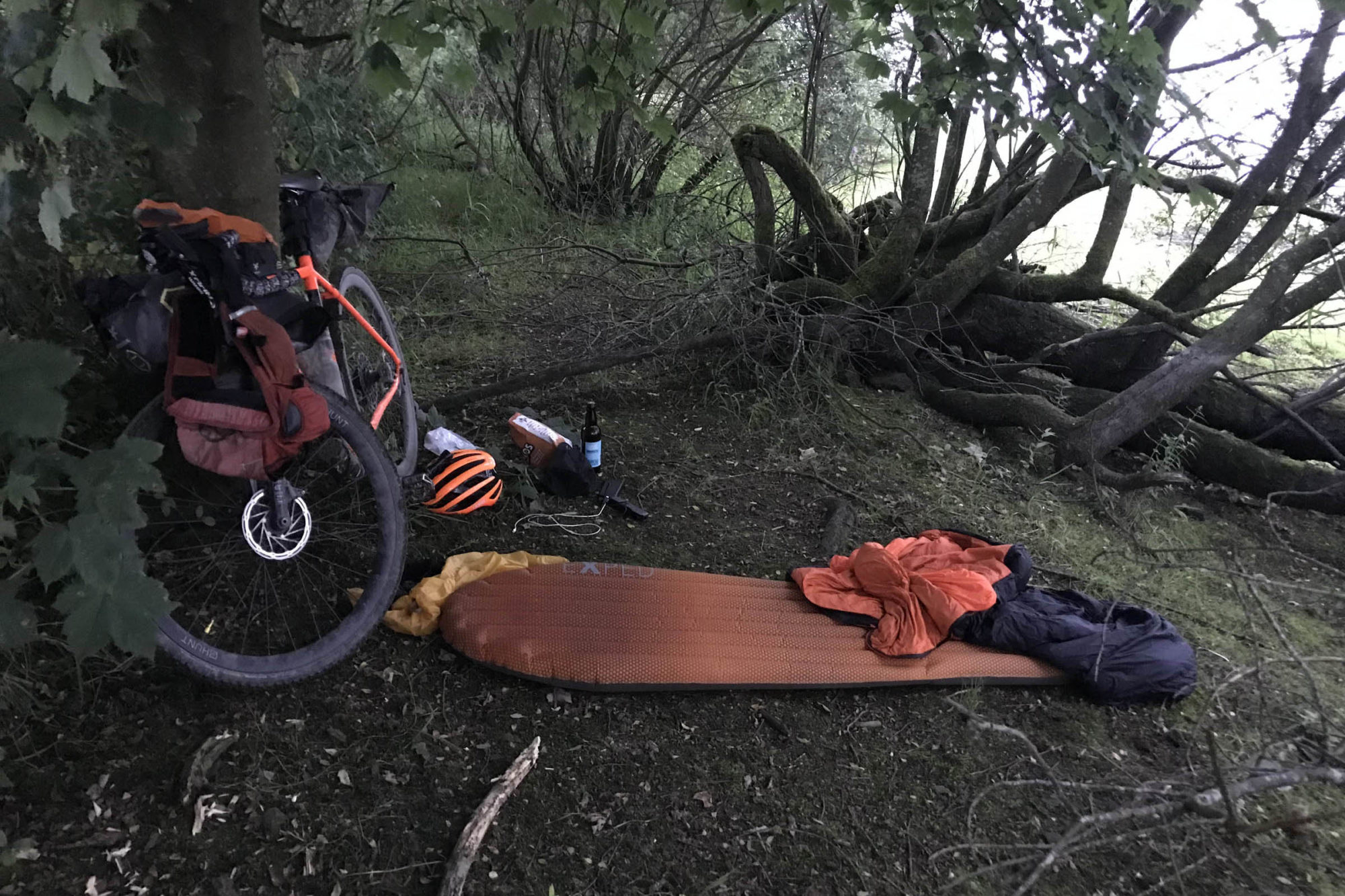
What other projects do you have coming up?
After I co-authored a book this year I’m finally working on my first book and a documentary about gravel riding in Britain, both of which will hopefully be ready in the second quarter of 2022. I am also working on another race documentary about All Points North, and a documentary about the ‘Explore Your Boundaries’ rides I did with Mark.
Is there anyone you’d like to thank?
Mark and Shimano, who trusted me that this is possible. Cyril and Yorit, who work for Shimano and helped develop the idea and were really supportive throughout the whole project. Also The Racing Collective, especially Miles and Ed, who created this fab event. And also all the riders, volunteers, and a few other supporters who made this happen, especially Schwalbe UK, Argon18, and Komoot.
Four our complete coverage of the 2021 GBduro, check out the Tracker page. Here are a few of them:
Please keep the conversation civil, constructive, and inclusive, or your comment will be removed.








